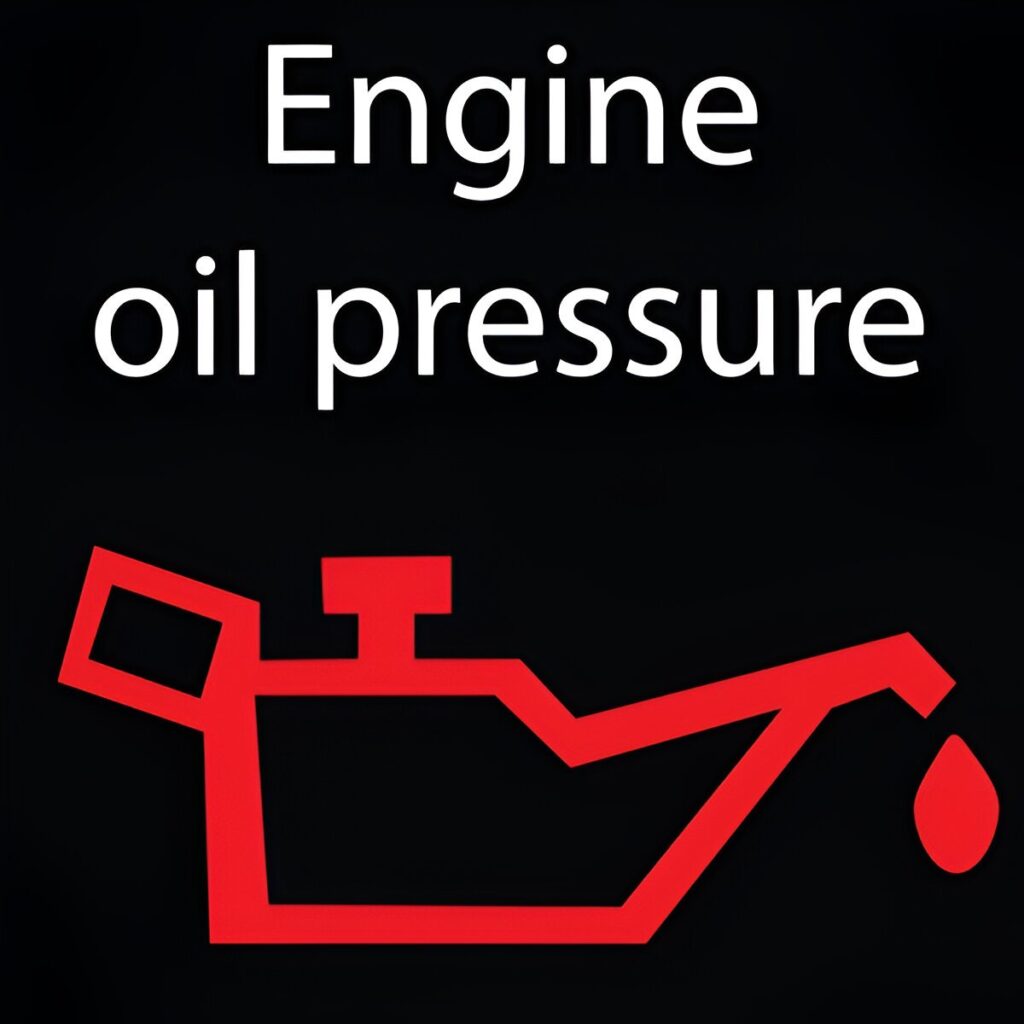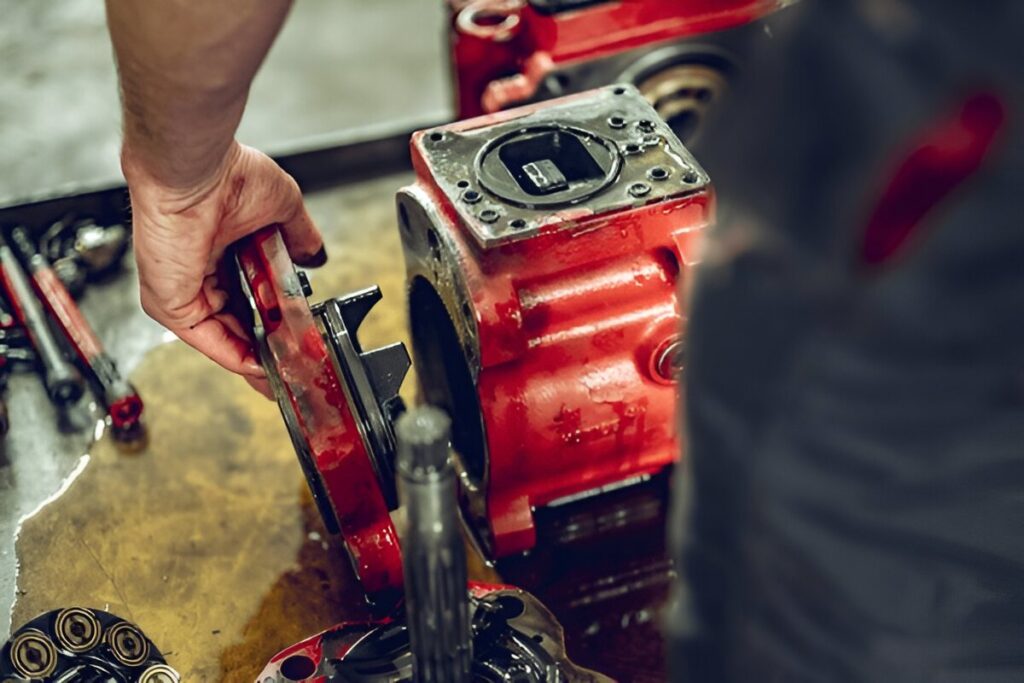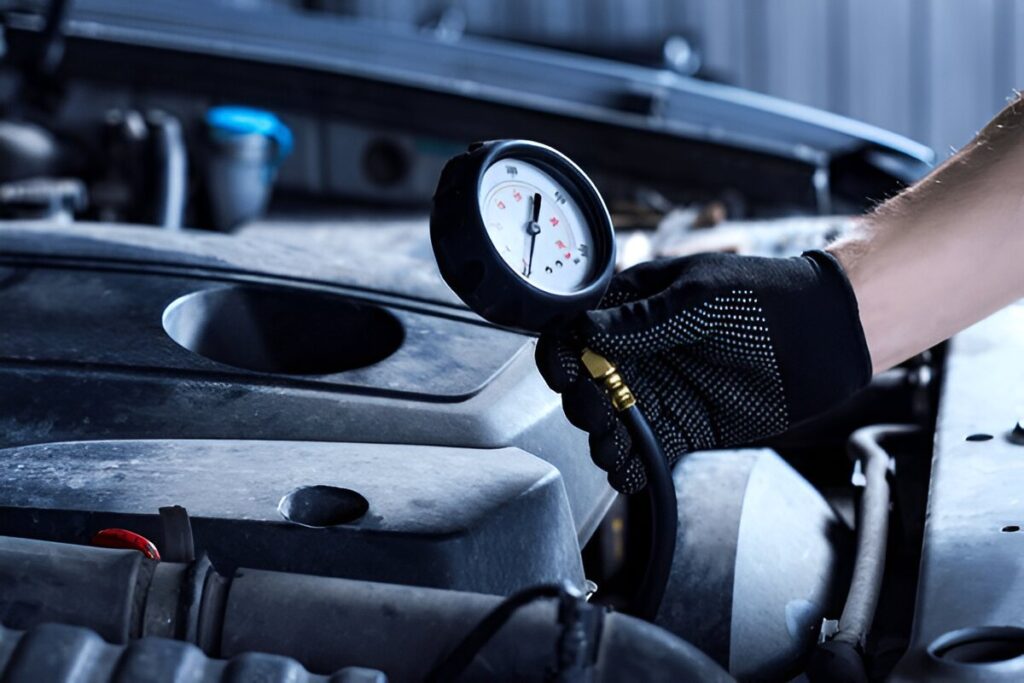Understand the critical signs of low oil pressure symptoms in your car. Our guide helps you recognize symptoms early to maintain engine health and performance.
Lubrication is one of the most important and sensitive issues for an engine, especially the oil pressure. If the pressure is low, the lubrication will not be complete or proper in the rotating area. As a result, the engine can be seriously damaged. Therefore, it is essential to maintain the oil pressure value in the lubrication system at all times. Low oil pressure can be detected by various symptoms.
Low Oil Pressure Symptoms

1.The sound of the engine:
Many times, you can tell if there is no oil pressure in the rotational parts of the engine because there will be more friction. This friction creates a different kind of sound compared to the usual noise. Such noise will be generated from bearings, camshafts, and valves. That is, the noise produced by two metals rubbing against each other is generally the same. An experienced operator or driver can recognize that sound very easily.
2.oil level in the oil sump or crankcase is low
If the oil level is low, the oil pump cannot suction enough oil, resulting in a drop in oil pressure in the system.
3.lubrication oil pressure is low
If the oil pressure is low, The friction in the engine will be high, and consequently, the engine will heat up. This is because we know that lubrication oil also helps to keep the engine cool. Less oil will reach the engine’s rotational area, which will quickly raise the engine’s lubrication oil temperature.
4.Engine knocking
The engine normally knocks due to the charge in the combustion chamber. However, when the oil pressure is low, the lubrication of the piston and liner is compromised, causing friction between the piston ring and the liner surface, which produces noise.
5.DP(Differential pressure) high
Oil pressure is measured before and after the oil filter on large diesel engines If the oil pressure drops, the difference between the pressure before and after the filter will be greater than normal.
6.oil filter clogged
As a result, the outlet pressure of the filter decreases. An indicator is attached to the filter to monitor its effectiveness, which shows when the filter is clogged.
7.Frictional power of the engine (FHP)
The difference between the total power produced by the piston and the FHP is the power obtained. As FHP increases, the power output of the engine decreases in BHP. When the oil pressure drops, the engine loses power due to friction. In the end, the engine’s performance decreases.
Reasons for low oil pressure:
(a) Low oil level
(b) Defective oil pressure sending unit or warning light switch
(c) Oil is thin or diluted
(d) Weak relief valve spring
(e) Corroded oil pump
(f) Ruptured or broken oil line
(g) Clogged oil filter
(h) High bearing clearance
Remedies:
(a) Refill the crankcase to the correct oil level
(b) Replace the oil pressure-sending unit or warning light switch
(c) Drain the oil and refill the crankcase with the correct grade of oil
(d) Install correctly sized relief valves
(e) Replace the oil pump
(f) Replace the oil line
(g) Change the oil filter
(h) Measure bearing clearance to ensure its correct, and repair if necessary.
Process of Testing Oil Pressure

Oil pressure can be checked using the oil pressure indicator located on the instrument panel. Additionally, special pressure testers can be used to locate oil leaks and other causes of insufficient pressure. For pressure testing of pressure-feed type lubricating systems, a pressure tank is constructed, and the necessary fittings and hoses are connected to attach the tank to the compressed air and lubricating system. The tank is then partially filled with lubricating oil.
When using a pressure tester, the oil pan must be removed to expose the main bearings and connecting rods. Applying air pressure to the oil in the tank by connecting the pressure tester’s oil line to the engine’s oil line can indicate the cause of oil leakage and insufficient oil pressure within the system. Testing the oil flow pattern will reveal the source of the error.
Oil pressure may show low due to a malfunction of the oil pressure relief valve or the oil pressure regulator. The oil pressure regulator is not adjustable. Standard-size pressure regulators are available. Manufacturers use spring-loaded oil pressure regulators with specific tension levels. These oil pressure regulators are often color-coded. If a spring ever breaks or weakens, another spring of a similar color can be fitted.
The most important factor in low oil pressure is the oil pump. When overhauling the engine, or if the oil pressure shows low and no major fault is detected during the above inspections, the pump should be removed from the engine, cleaned, and completely disassembled. The clearance between the teeth of the gears, the clearance between the body face and the rotor gear, and the clearance between the gear teeth and the housing should be checked. If the clearance exceeds the acceptable limit, the defective gear, housing, or the entire pump must be replaced.
Conclusion
Low oil pressure warnings should be taken seriously, as they can indicate potential engine damage or failure. Prompt attention to the symptoms associated with low oil pressure is essential for maintaining vehicle health and performance.

